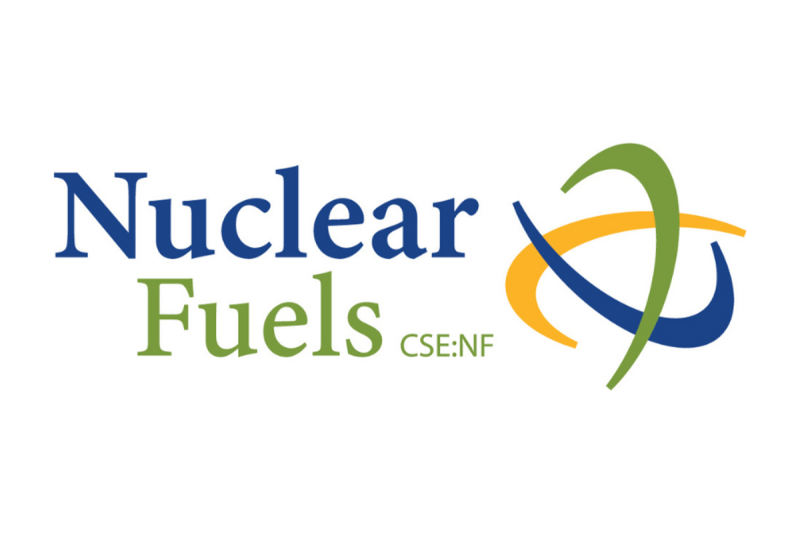Nuclear Fueled Power: Paving the Way for a Sustainable Future
The global energy landscape is undergoing a significant transformation, with countries seeking cleaner and more sustainable sources of power to combat climate change and reduce reliance on fossil fuels. In this pursuit, nuclear energy has emerged as a promising contender. As we delve into the world of nuclear fuels, we explore the significance of nuclear energy, the various types of nuclear fuels, and the potential benefits and challenges associated with nuclear fuel power.
Nuclear energy has long been hailed for its ability to generate vast amounts of electricity while producing minimal greenhouse gas emissions. Unlike fossil fuel-based power plants, nuclear reactors generate electricity through a process called nuclear fission, where atoms are split to release energy. It is this process that necessitates the use of nuclear fuels, which act as a source of energy in nuclear reactors.
The most commonly used nuclear fuel today is uranium-235 (U-235). This fissile isotope of uranium is highly prized for its ability to sustain a chain reaction, which is crucial for maintaining a steady flow of energy. While U-235 is relatively abundant, its non-fissile counterpart, uranium-238 (U-238), can also be utilized as fuel by converting it into plutonium-239 (Pu-239) through a process known as breeding. This allows for the efficient use of natural resources and extends the longevity of nuclear fuel supplies.
Beyond uranium-based fuels, thorium has been garnering attention as a potential alternative. Thorium-232 (Th-232), when exposed to neutrons, can be transformed into uranium-233 (U-233), a fissile isotope that can fuel nuclear reactors. Thorium is abundant and widely distributed around the world, making it an attractive option for countries seeking energy independence. Furthermore, thorium-based fuels have the potential to generate less nuclear waste and be more resistant to proliferation concerns.
In recent years, advanced reactor designs have focused on using alternative fuels to enhance safety, reduce waste, and improve efficiency. One such fuel is mixed oxide fuel (MOX), which is created by blending plutonium and uranium. MOX fuel not only helps in the reprocessing of spent nuclear fuel but also reduces plutonium stockpiles and the associated proliferation risks. The use of MOX fuel offers a solution for addressing both the waste management and non-proliferation concerns surrounding nuclear energy.
While nuclear energy offers many advantages, it is not without its challenges. One major concern is the safe handling and disposal of nuclear waste. Radioactive by-products of fission reactions can remain hazardous for thousands of years, demanding a robust and secure storage solution. Furthermore, the potential for accidents, as exemplified by events such as the Chernobyl and Fukushima disasters, underscores the need for stringent safety protocols and diligent oversight.
In conclusion, the use of nuclear fuels has proven to be a critical cornerstone in harnessing the power of nuclear energy. With its ability to generate clean, reliable, and efficient electricity, nuclear energy has the potential to play a significant role in our transition towards a sustainable future. As advancements continue to be made in nuclear fuel technology, such as the exploration of thorium-based fuels and the utilization of MOX, we inch closer to realizing the full potential of nuclear energy. However, it is imperative that we address the associated challenges, such as waste management and safety concerns, to ensure the continued responsible and secure application of nuclear fuels for power generation.
References:
1. World Nuclear Association. Nuclear Fuel. Retrieved from https://www.world-nuclear.org/information-library/nuclear-fuel-cycle/introduction/nuclear-fuel.aspx
2. International Atomic Energy Agency. Thorium Fuel Cycle – Potential Benefits and Challenges. Retrieved from https://www.iaea.org/topics/thorium-fuel-cycle-potential-benefits-and-challenges
3. U.S. Department of Energy. Mixed Oxide Fuel (MOX). Retrieved from https://www.energy.gov/ne/articles/mixed-oxide-fuel-mox



























